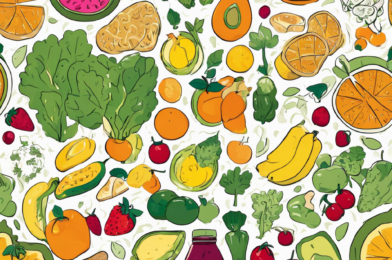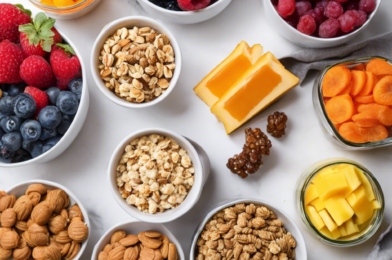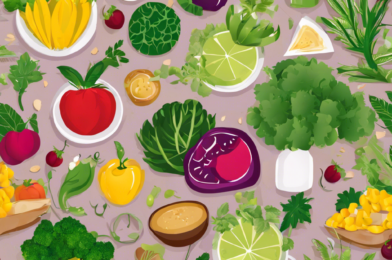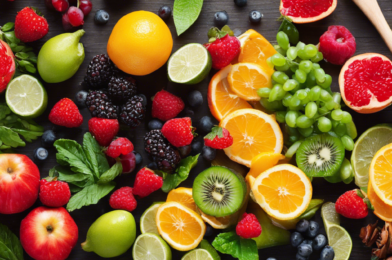The link between what we eat and how we feel has been a topic of growing interest and research in recent years. The emerging field of nutritional psychiatry investigates the potential for dietary interventions to play a key role in preventing and treating mental health issues. So, just how strong is the connection between nutrition and mental health?
Research suggests that certain nutrients and dietary patterns can influence our mood, cognition, and overall mental well-being. For example, studies have shown that a diet rich in anti-inflammatory foods, such as fruits, vegetables, healthy fats, and omega-3 fatty acids, can help reduce inflammation in the brain and improve mental health outcomes. Conversely, a diet high in processed foods, sugar, and unhealthy fats can contribute to inflammation and negatively impact mood and cognitive function.
One key mechanism through which nutrition affects mental health is the gut-brain axis. Our gut and brain are intimately connected, communicating constantly through neural, hormonal, and immune pathways. This means that the health of our gut can significantly impact our brain function and mental state. A balanced gut microbiome, supported by a diverse and fiber-rich diet, is associated with lower levels of anxiety and depression and improved cognitive function.
In addition to the gut-brain connection, specific nutrients have been found to play a pivotal role in mental health. For instance, B vitamins are essential for the production of neurotransmitters, the chemical messengers that regulate our mood, sleep, and appetite. Deficiencies in B vitamins have been linked to increased risk of depression, anxiety, and cognitive decline. Similarly, omega-3 fatty acids, abundant in fatty fish like salmon and mackerel, are crucial for brain health and have been shown to improve symptoms of mood disorders.
The impact of nutrition on mental health is not just theoretical; it has practical, everyday implications. Making nutritious food choices can be a powerful tool in managing and improving our mental well-being. This is especially important considering the rise in mental health issues globally and the limitations of current treatment options. By recognizing the connection between nutrition and mental health, we can empower individuals to take a proactive approach to their mental well-being through dietary choices.
So, what are some practical ways to leverage the connection between nutrition and mental health? Firstly, increasing our intake of fruits and vegetables is a great starting point. Aiming for a rainbow of colors on our plates ensures we get a variety of nutrients and phytochemicals that support brain health. Secondly, incorporating more plant-based sources of protein and healthy fats, such as avocados, nuts, and seeds, can provide our brain with the essential fatty acids it needs to function optimally.
Another important consideration is the role of nutrition in reducing stress and promoting emotional well-being. Certain nutrients, such as magnesium and adaptogenic herbs, have been shown to support the body’s stress response and promote a sense of calm. Incorporating these into our diet through magnesium-rich foods like leafy greens and avocados, or using adaptogenic herbs like ashwagandha and rhodiola, can be a natural way to enhance resilience to stress.
Finally, let’s not underestimate the power of hydration for mental clarity and focus. Drinking enough water is crucial for optimal brain function, and even mild dehydration can impact our mood and cognitive performance. Aiming for adequate hydration throughout the day is a simple yet effective way to support our mental health.
In conclusion, the connection between nutrition and mental health is a fascinating and powerful one. By recognizing the impact of our dietary choices on our brain function and mental state, we can take a proactive approach to our well-being. Nutritional interventions, alongside traditional therapies, offer a promising avenue for improving mental health outcomes and empowering individuals to take charge of their overall health and happiness.









